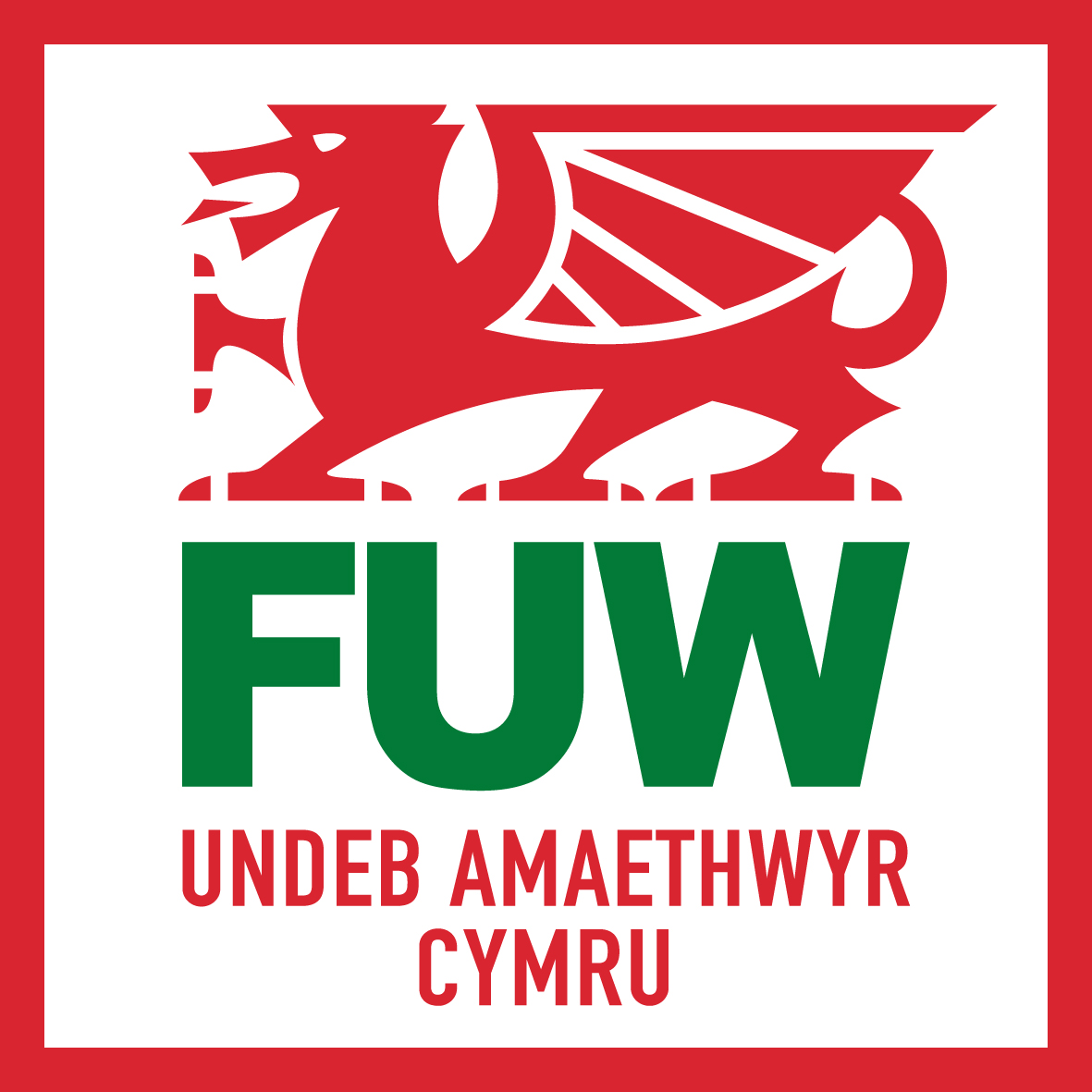Farmers who believe they have incorrectly mapped areas of moorland should take action before the 30 day appeals deadline the Farmers’ Union of Wales has warned today.
The union also criticised Welsh government legislation which would set in stone 1992 mapping errors, and warned that the official guidance sent to farmers which gives definitions of moorland is highly misleading and does not give the whole picture.
The guide to the basic payment scheme (BPS) in Wales sent to farmers over the past week states that moorland will be defined as ‘(a) land classified as moorland on the Wales 1992 Moorland Map, and (b) which has an altitude of 400 metres and above, and (c) has the sort of land as set out in regulation 2(1) of the moorland (livestock extensification) (Wales) Regulations 1995’. The guidance indicates farmers can appeal against the mapping of land which does not meet these criteria.
“But the Welsh statutory instrument defining moorland areas, which was laid on Monday this week, has a far more restrictive definition of land eligible to be removed from the moorland map than is indicated either in the guidance sent to farmers or the 1995 regulations” said FUW policy director Nick Fenwick.
“Critically, it implies that for land to be removed from the map it must ‘…have more than 40%’ perennial ryegrass, Italian ryegrass, white clover, red clover, and/or Timothy grass.”
“This is almost double the threshold for the Environmental Impact Assessment definition of uncultivated or semi-natural land. The Welsh Government has basically introduced a draconian definition not present in either the original 1992 moorland definition nor the 1995 regulations which means non-moorland will be categorised as moorland.”
Mr Fenwick said this would lead to many errors made during the 1992 moorland mapping process being ‘preserved in stone’.
“We have been pursuing this issue for some time, and have succeeded in persuading Welsh government to do a U-turn on its original decision not to allow any appeals based upon incorrect mapping in 1992.
“However, it is unacceptable that the definition has been gold-plated in a way which seems specifically aimed at keeping some incorrectly mapped areas within the moorland area.
“Moreover, it is appalling that this additional definition is not mentioned in the guidance sent to farmers, but is nevertheless specified in the statutory instrument.”
Mr Fenwick said that the definition was so inaccurate that it would lead to some areas being classed as moorland for the purposes of payments, and arable land for the purpose of the new greening regulations.
“This highlights the ridiculous nature of the statutory instrument, and we have been highlighting for weeks the likelihood that this proposal will lead to legal challenges on a range of very valid grounds.”


